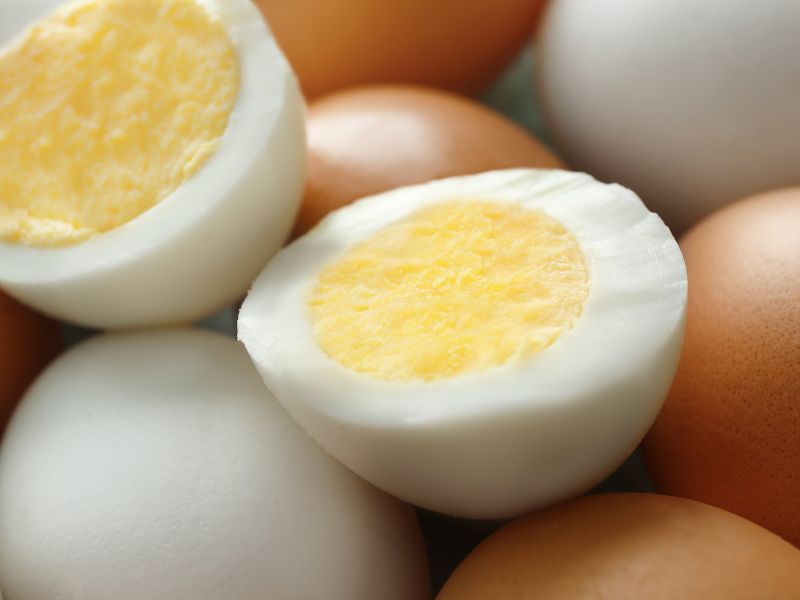
Chamberlains of London – Guide to boiling eggs that are easy to peel starts with the right approach. Boiling eggs seems like a simple task, but achieving perfectly boiled eggs with shells that peel off effortlessly requires some knowledge. Many people struggle with peeling eggs cleanly, often finding pieces of shell stuck to the white. Fortunately, by using a few simple techniques, you can consistently boil eggs that are easy to peel, ensuring a smooth and mess-free experience every time.
One of the most crucial factors in achieving easy-to-peel boiled eggs is using the right eggs. Fresh eggs tend to be more challenging to peel due to the stronger bond between the egg white and the shell. For the best results, use eggs that are at least a week old. The older the egg, the easier it will be to peel after boiling. When eggs age, the pH level of the egg white increases, which reduces the adhesion to the membrane, making peeling much easier.
“Read about: How to Make Fried Chicken Like a Pro in Your Kitchen”
The method of boiling eggs is just as important as the type of egg you choose. Begin by placing the eggs in a saucepan. Fill the pot with enough water to fully submerge the eggs, ensuring they have plenty of room to move around. It’s essential to use cold water when you start. If you begin with hot water, the sudden temperature change can cause the shells to crack.
Once the eggs are in the pot, bring the water to a gentle boil over medium-high heat. As soon as the water starts boiling, reduce the heat to a simmer. Let the eggs simmer for around 9 to 12 minutes, depending on how firm or soft you like your eggs. For soft-boiled eggs, aim for around 6-7 minutes.
After your eggs have reached the desired cooking time, it’s time to stop the cooking process. The best way to do this is by placing the eggs into an ice water bath. This helps to cool the eggs quickly and makes peeling much easier. The rapid cooling process causes the egg to contract slightly inside the shell, which helps separate the membrane from the egg white. Leave the eggs in the ice water for about 5-10 minutes.
Now comes the peeling process. Start by gently tapping the egg on a hard surface to crack the shell. Then, roll the egg gently between your hands to loosen the shell. Start peeling from the wider end of the egg, as this area typically has an air pocket, which makes it easier to begin peeling. Under running water is an ideal place to peel the eggs since the water helps wash away any small bits of shell that might remain.
“Read more: Shiny Nastar Topping: A Guide from Le Stanze Bistrot Cafe”
Keep in mind that while older eggs are easier to peel, freshness is still important when it comes to flavor and nutrition. If you plan to boil eggs frequently, it’s a good idea to keep a balance between age and freshness to achieve both flavor and ease when peeling.
In some cases, an egg peeler tool can be helpful, especially if you’re peeling a large number of eggs. These tools are designed to create a small amount of pressure while cracking the shell, which can assist in making peeling easier. However, with the right technique and a little practice, you can peel eggs easily without extra equipment.
If you’re not ready to eat your boiled eggs right away, store them in the refrigerator. Hard-boiled eggs can last up to one week when kept in their shells. To ensure they remain easy to peel, keep them chilled, and try to peel them within a few days of boiling for the best experience.
By following these tips, you can consistently achieve boiled eggs that are easy to peel and perfect for any meal. Whether you’re preparing them for salads, sandwiches, or just as a quick snack, these methods will make the process much simpler and enjoyable.